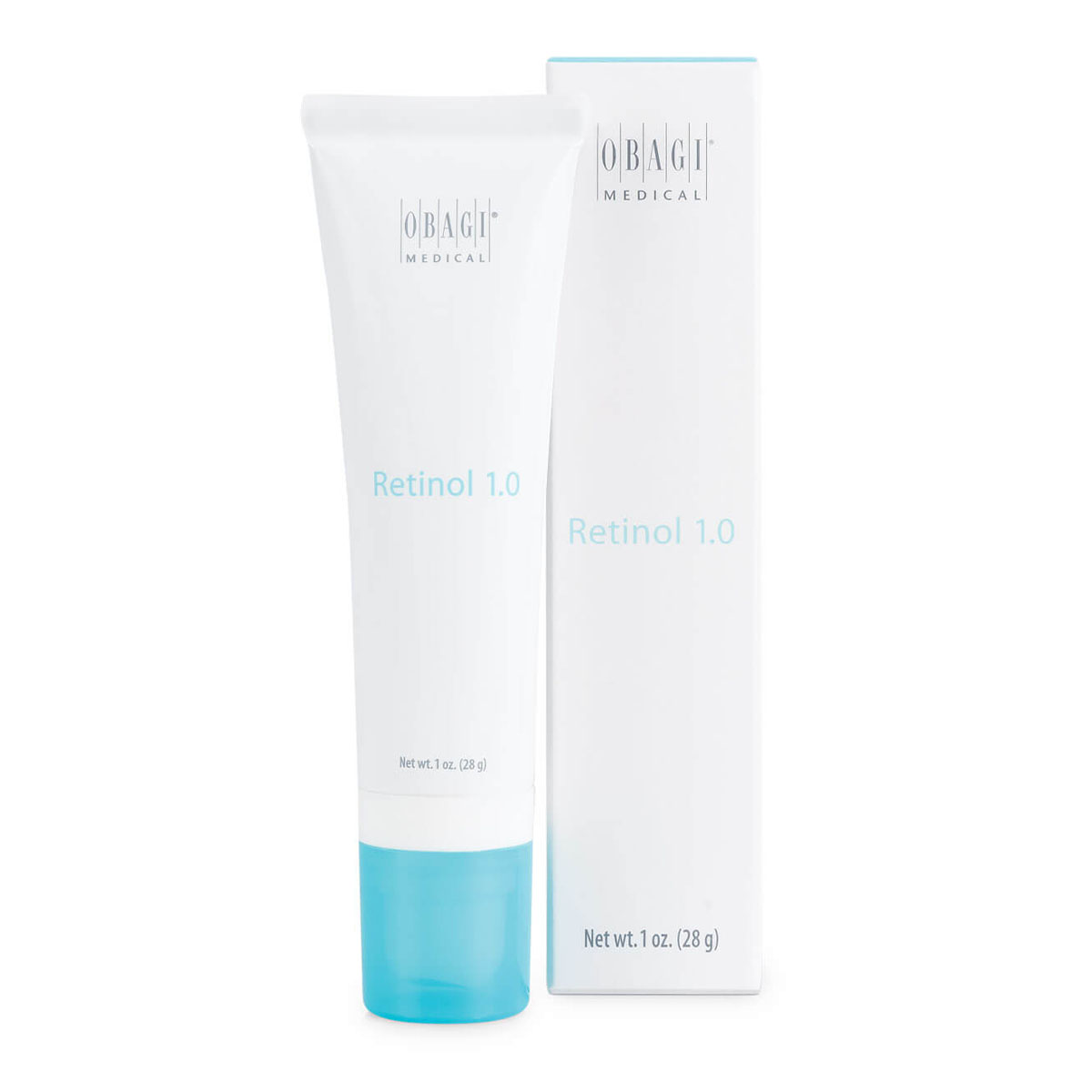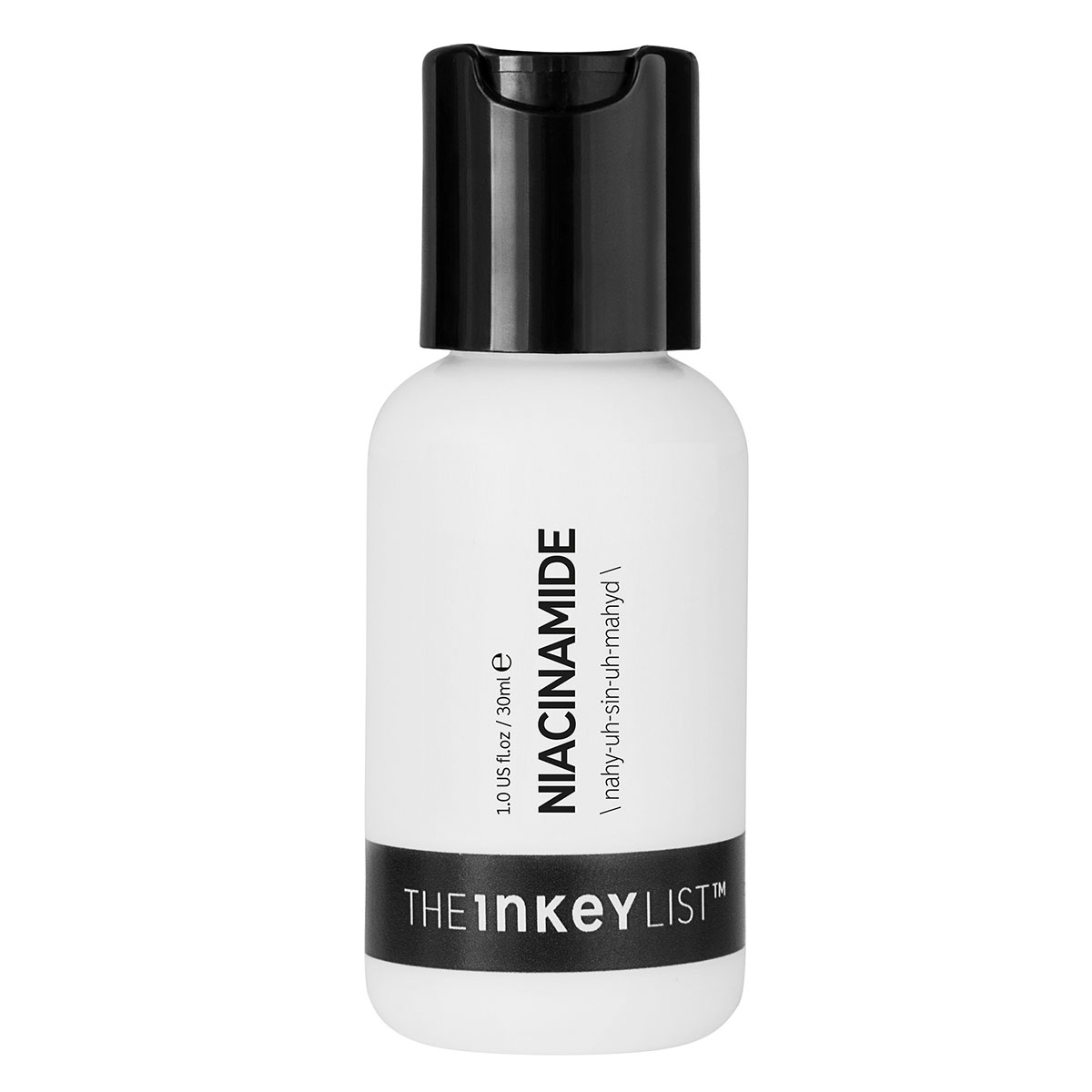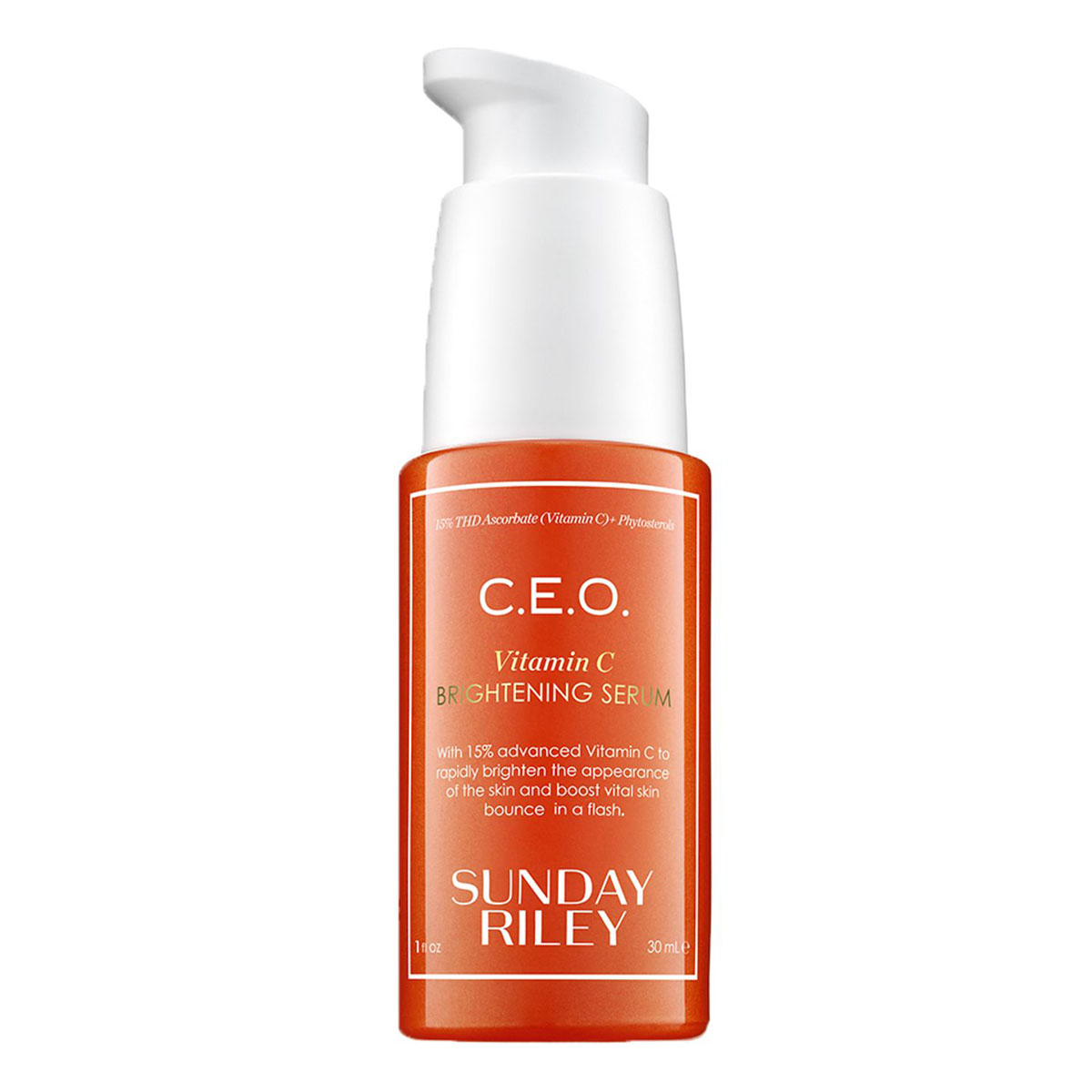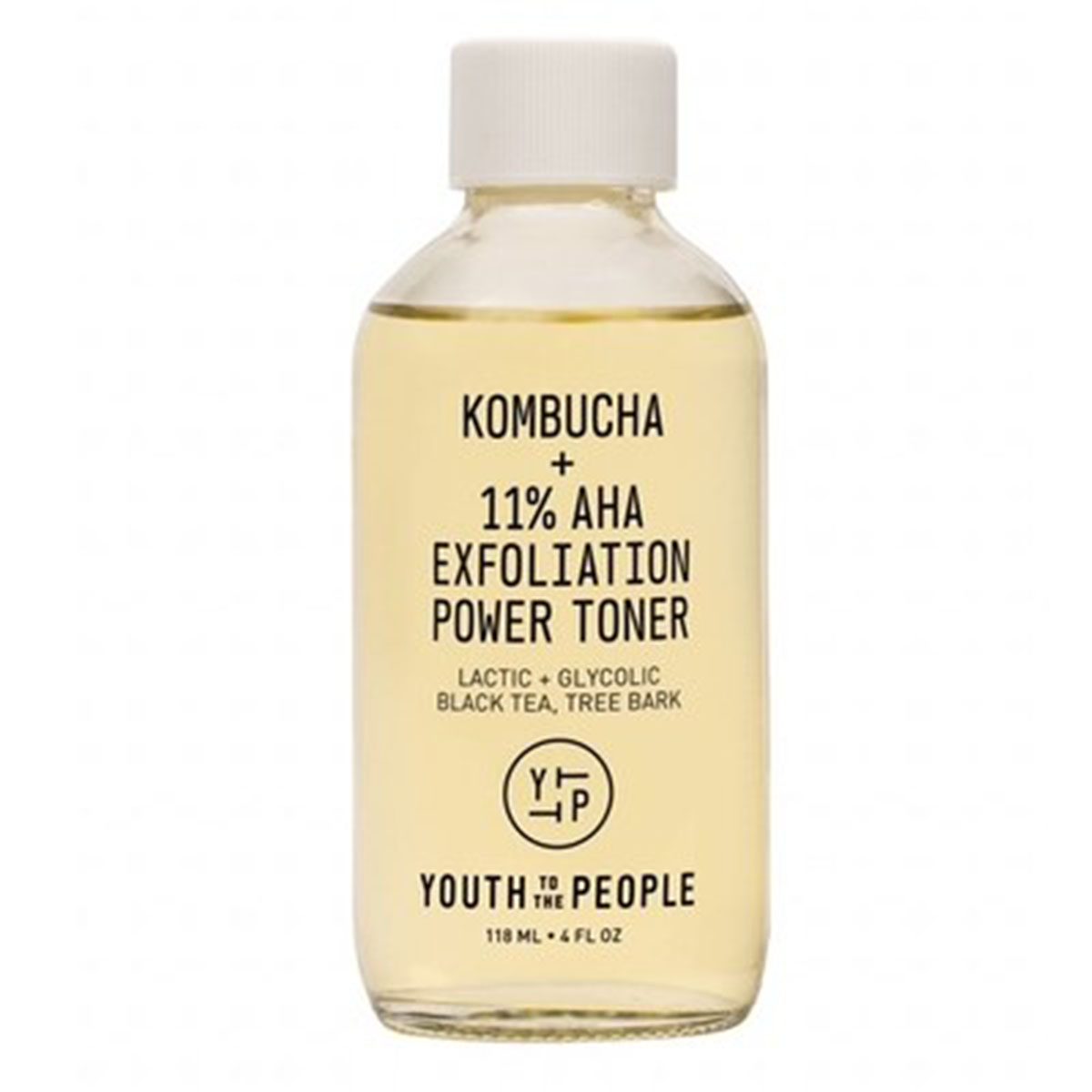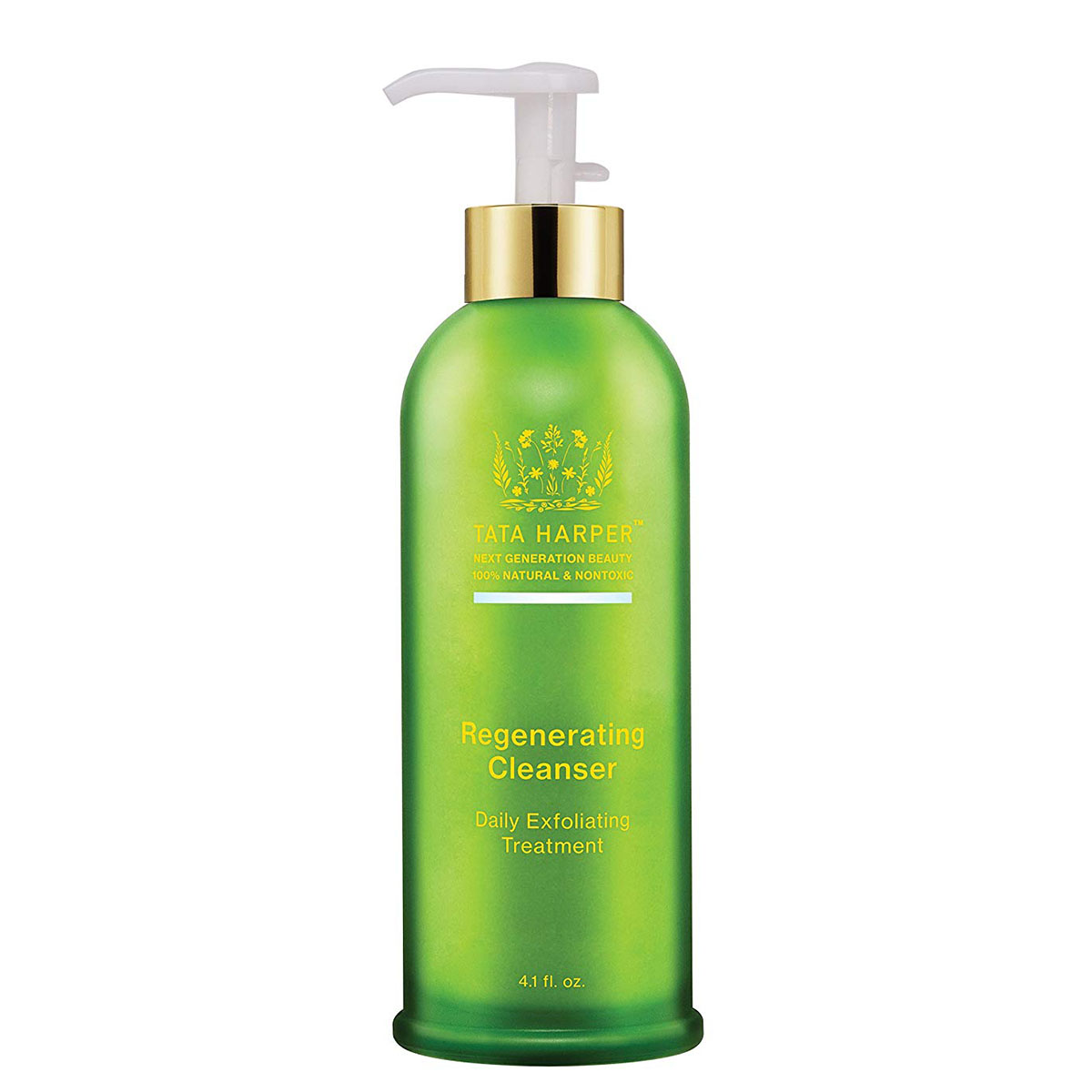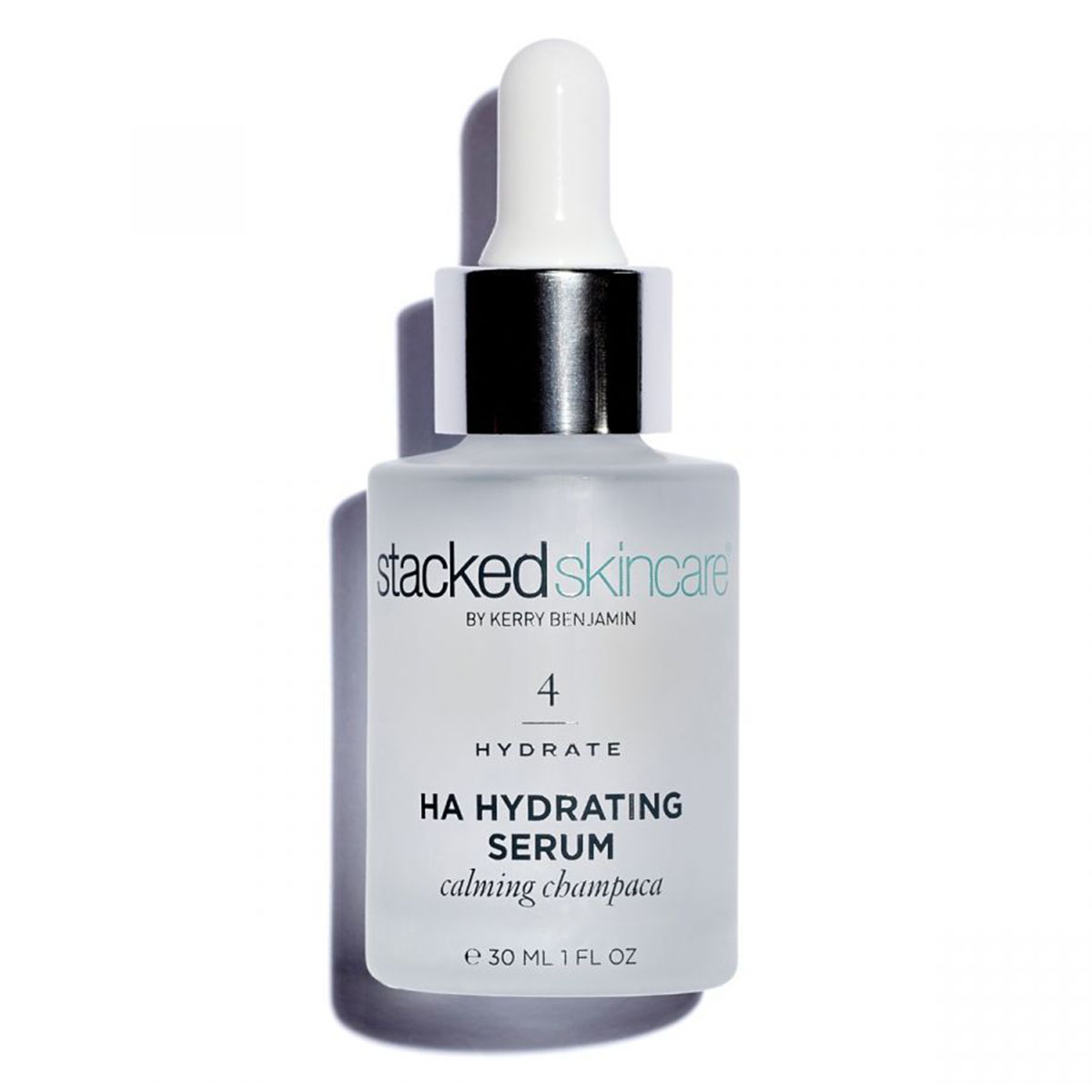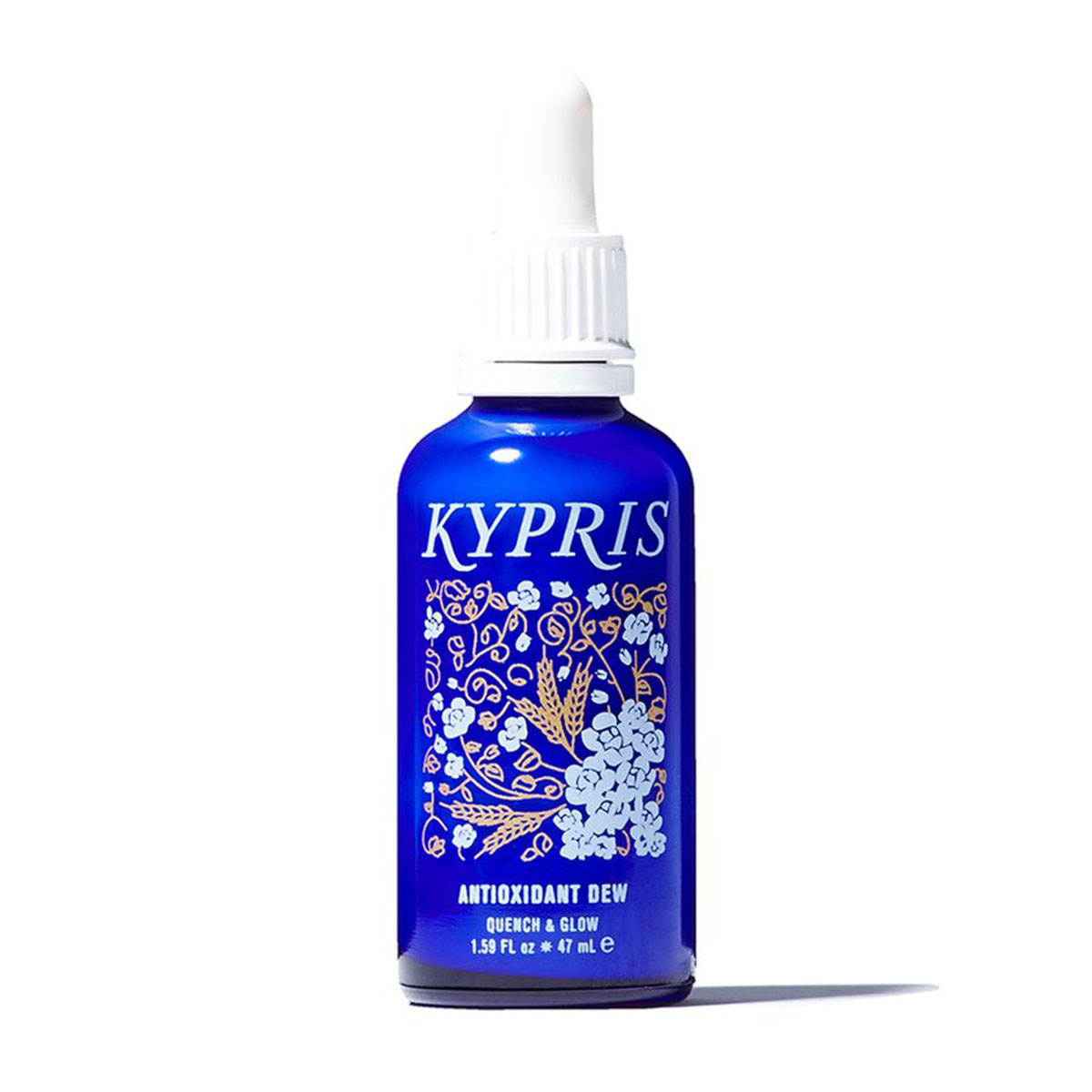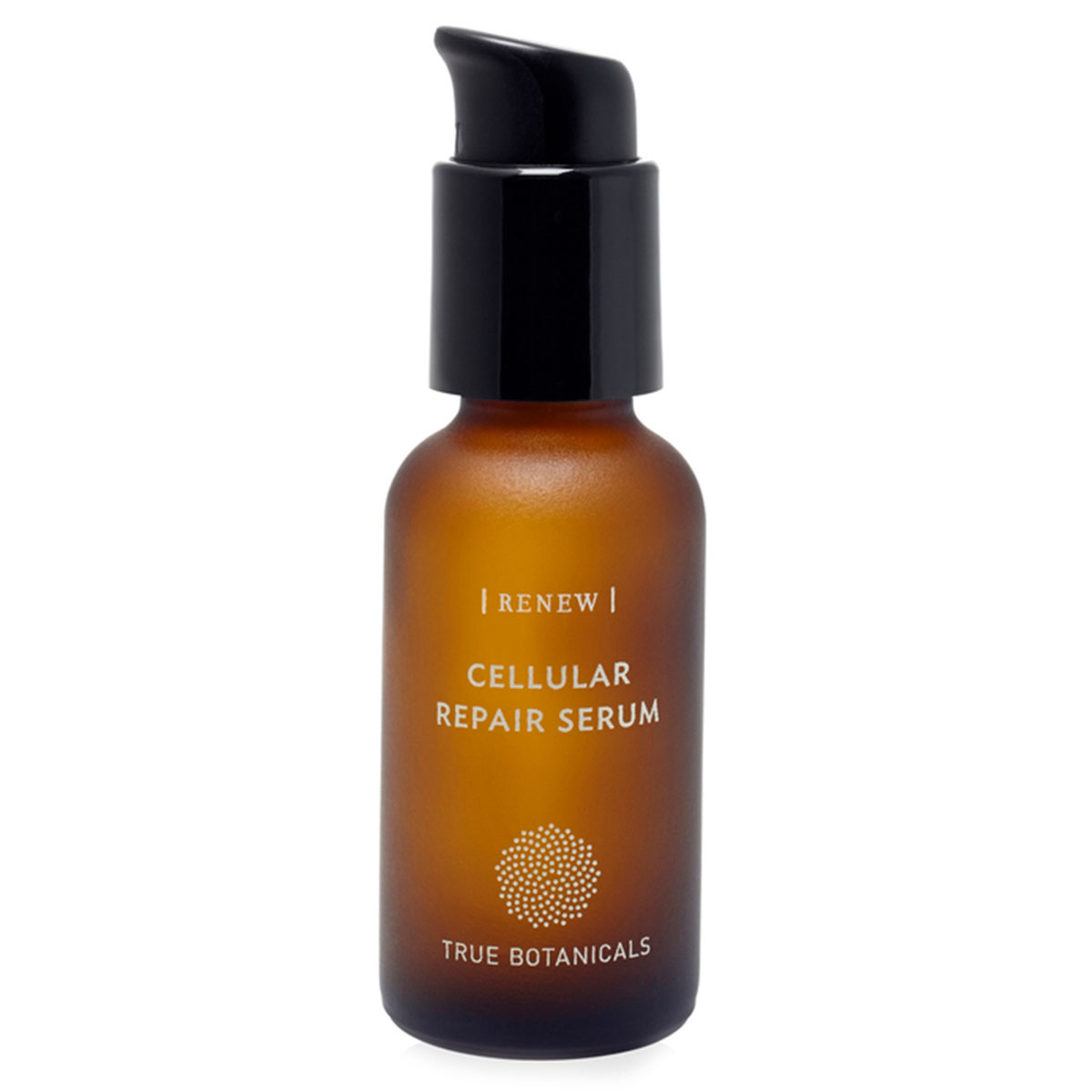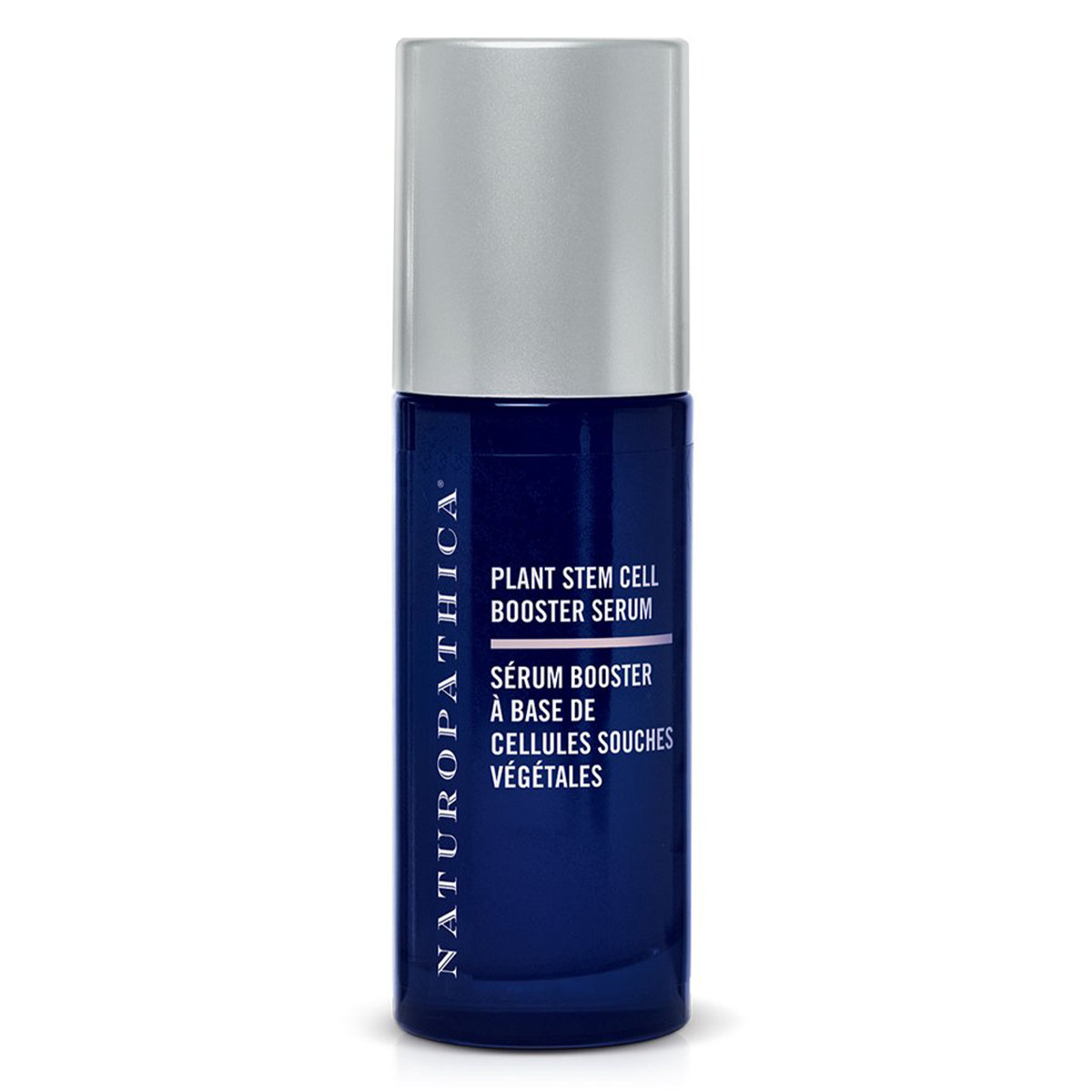A No-BS Guide to "Active" Skincare Ingredients and the Amount Needed for Results

Skincare acids and actives are confusing. We're told on a daily basis they're essential and important for the health and well-being of our complexions, but the supporting information—like what they actually are, what they actually do, and how much we should actually use—is murky. Basically, we're faced with walls and walls (or pages and pages) of cult-favorite elixirs and formulas, with no real guidance as to why they're important or what we should be looking for in terms of quality, potency, or key supporting ingredients. But we're about to help with that. Or rather, an expert group of leading dermatologists and estheticians is.
Allow Howard Sobel, MD, board-certified cosmetic dermatologist and founder of Sobel Skin, to explain first: "These types of ingredients get their name because they're 'actively' working to help improve the general appearance of your skin, whether by stimulating collagen and elastin production, increasing cell turnover, or protecting it actively from skin damage," he shares.

"An 'active' ingredient is a targeted ingredient that has been shown in studies to provide results at the level included in the product," adds Elyse Love, MD, of Gramercy Laser and Medical Dermatology. "So, if a product contains an ingredient at a low level that has not been shown to be scientifically significant, it should be listed as an inactive ingredient, not an active ingredient." That said, since there isn't a lot of regulation on this within the skincare realm, choosing quality formulas from reputable retailers (and, sorry, not just something you find for cheap on Amazon) is of utmost importance if you want something that's truly effective.
Plus, there's also the fact that a very small number of over-the-counter skincare products directly state the percentage of active ingredients they contain, and since some (like retinol or your AHAs/BHAs) can be irritating at high potency, it's always good to tread carefully, starting with smaller amounts and eventually increasing your daily quota if you find your skin reacts well and you're getting the results you want. It's also a great idea to book a consultation with a licensed esthetician or board-certified esthetician who can evaluate your skin and prescribe a specific regimen with specific products.
Another important note? Most active ingredients are combined to maximize their efficacy. For example, licensed esthetician and Stacked Skincare founder Kerry Benjamin explains superstar active ingredients like hyaluronic acid (HA) need superb supporting casts in order to earn a standing ovation. Ahead, we're highlighting 10 important active skincare ingredients in addition to 20 of our favorite formulas containing them. Keep scrolling!
1. Retinol
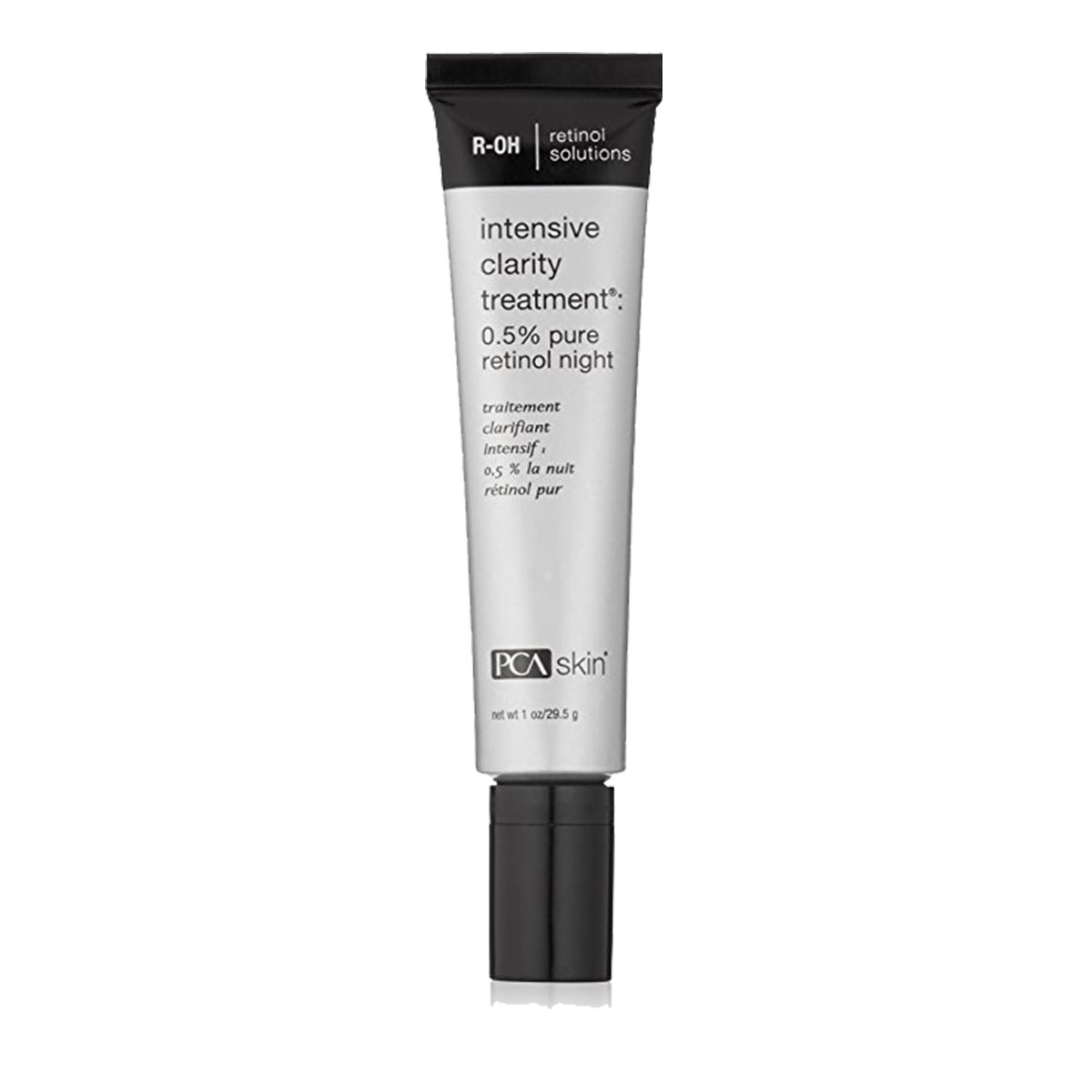
According to Sobel, retinol (which is a potent derivative of vitamin A) is pretty much the gold standard of active skincare ingredients since it addresses a multitude of skincare woes like fine lines and wrinkles, dullness, sagging, acne, brown spots, and even shadowy under-eyes.
Essentially, retinol's magic comes from its ability to stimulate skin cell regeneration, which in turn expedites and enhances exfoliation, which is particularly key for issues like acne and hyperpigmentation. In general, retinol is very effective starting at 0.5%.
"When retinol is applied topically, enzymes in your skin convert retinol into retinaldehyde and then into retinoic acid," adds Benjamin. "Because of the two-step conversion that it has to undergo before the skin can use it, retinol is naturally more gentle, and while its results are slower, it has fewer side effects. The conversion into retinoic acid can take at least a few weeks, which is why you should use retinol products consistently for a few months before expecting to see results."
2. Niacinamide
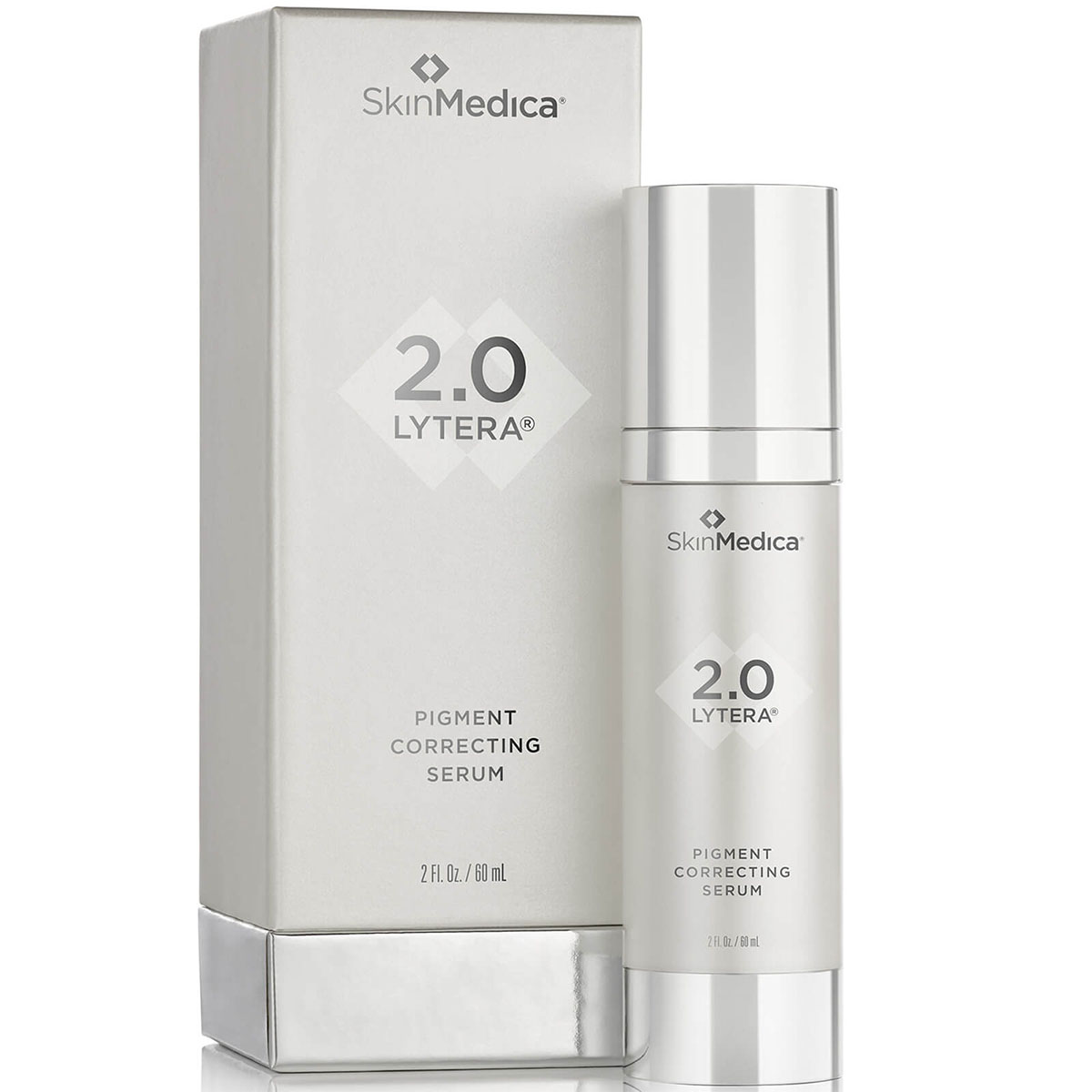
Also known as vitamin B3, niacinamide is one of the best active skincare ingredients for boosting your skin's glow and brightness. As Sobel explains, it will help improve the skin's natural barrier and might also alleviate hyperpigmentation and uneven skin texture. Plus, it plays nicely with other skin actives like antioxidants and retinol for an extra dose of skin enhancement.
"The percentage for ingredients like antioxidants, niacinamide, and hyaluronic acids aren’t generally listed as they’re usually proprietary to the brand," Sobel tells us.
3. Vitamin C

"Vitamin C serums have become a new mainstay in many skincare regimens as an additional barrier to photo-induced aging," explains Love.
According to Love, the first step of UV-induced photodamage is the production of free radicals—vitamin C is vital ingredient addition as it absorbs these injurious free radicals and protects your natural collagen stores. "Vitamin C formulation is complicated because vitamin C is difficult to stabilize, and absorption is variable depending on what it is packaged in (serums vs lotions vs creams)," adds Love. "Magnesium ascorbyl phosphate (MAP) is the most stable form of vitamin C, but ascorbyl 6 palmitate, Disodium isostearyl 2-0 L-ascorbyl phosphate (VCP-IS-Na), and ascorbic acid sulfate are also reliable options. Ultimately, I recommend buying a vitamin C serum from a reputable company that you trust has done the science before bringing the product to market."
In general, the pros say it's best to look for at least 5% when shopping for vitamin C. To start, test products sparingly and reach for higher doses that are more active if you're less sensitive or prone to irritation.
4. AHA (Alpha-Hydroxy Acids)
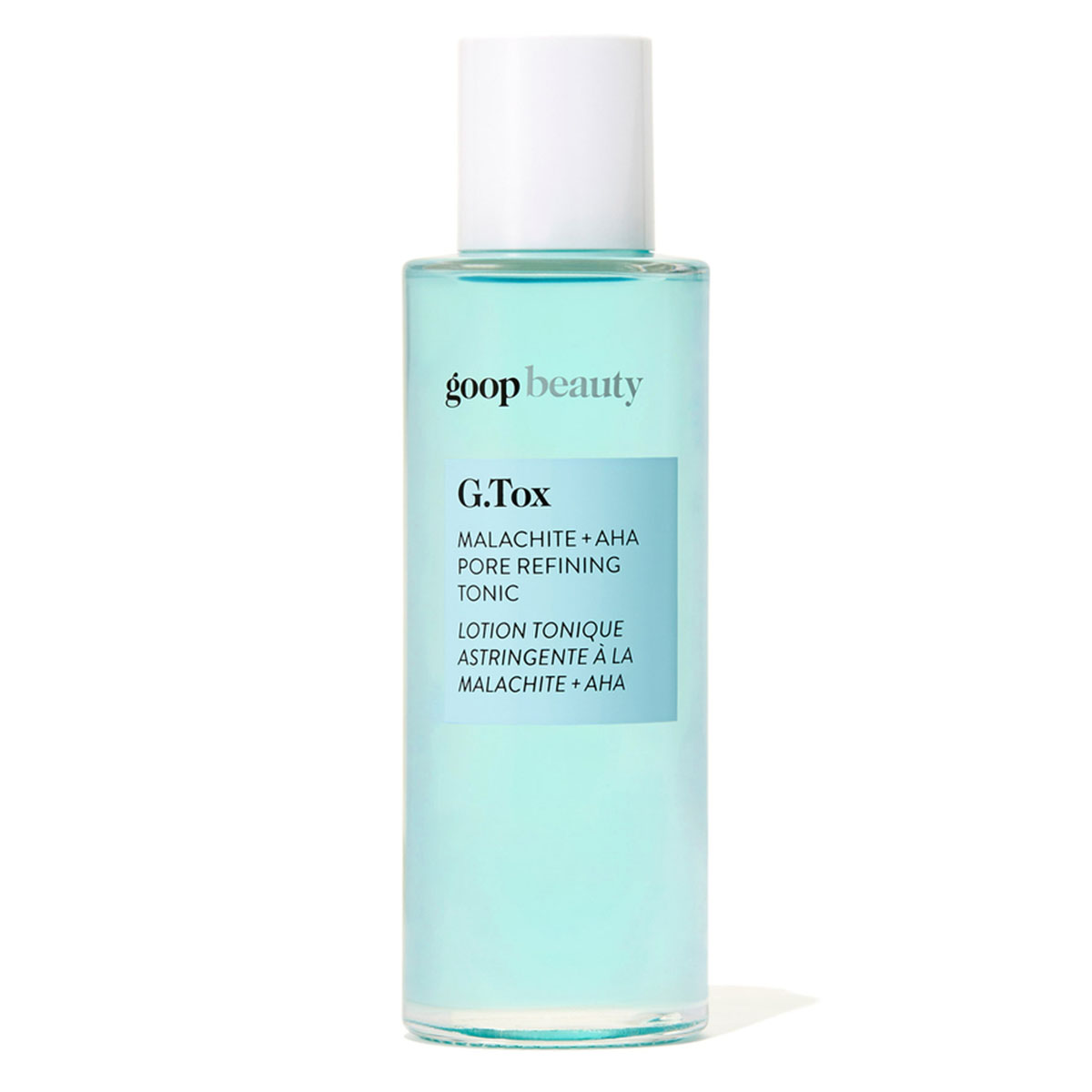
Alpha-hydroxy acids work like expert exfoliants that can help boost the skin’s radiance, fade dark spots, tighten the skin, and smooth fine lines. Basically, these types of acids help to loosen the glue between dead skin cells, which increases and improves cell turnover and is crucial for a glowing, smooth, and youthful complexion.
"AHAs include glycolic acids, which are the smallest of AHAs, lactic acid and mandelic acid. These are generally safe for at-home use, but do not overuse them. Over-exfoliation can weaken your skin’s protective barrier," warns Sobel.
'The skin is an exit organ, so only about 3% of what we put on topically can get to work—that's where regular use of a mild AHA can be a game-changer and really activate your whole regimen," adds Love. "I like AHA toners for sensitive skin."
Again, the percentage you'll want to use will vary depending on how much your skin can handle but a safe range falls between 5% and 10%.
5. BHA (Beta-Hydroxy Acids)
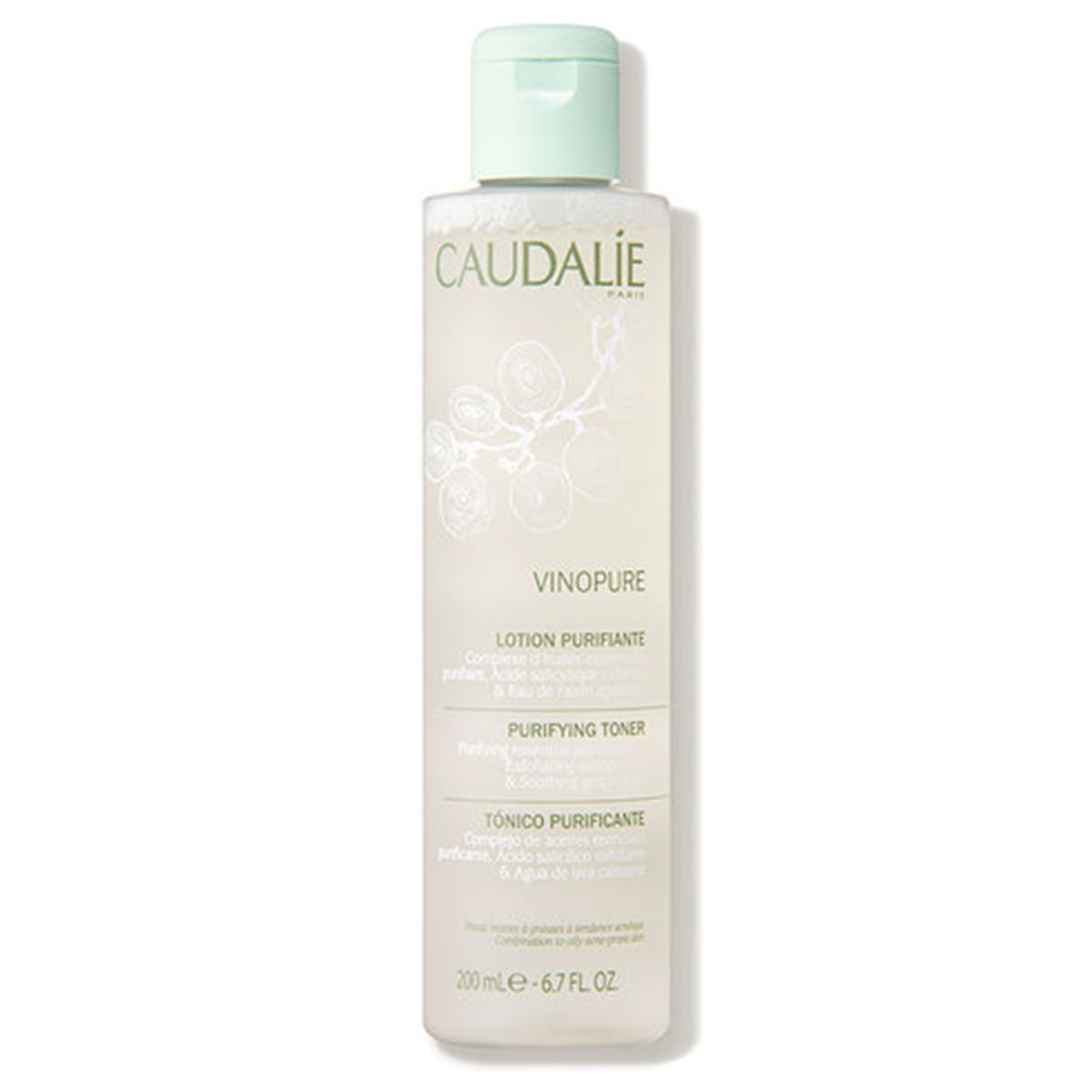
As Sobel tells us, beta-hydroxy acids also exfoliate the skin, however, they are oil-soluble (AHAs are only water-soluble), so they can actually get inside pores to push out excess sebum, dirt, and bacteria trapped inside. BHA include salicylic acid and can be used daily in a gentle skincare formula like a cleanser.
"Salicylic acid is a beta-hydroxy acid generally extracted from willow bark—the same plant from which aspirin is made," adds Benjamin. Plus, since it's anti-inflammatory, it can help soothe red, inflamed, and painful blemishes and won’t cause skin irritation.
Sobel recommends keeping your BHA/salicylic acids at 2% for maximum effectiveness and minimal irritation.
6. Hyaluronic Acid
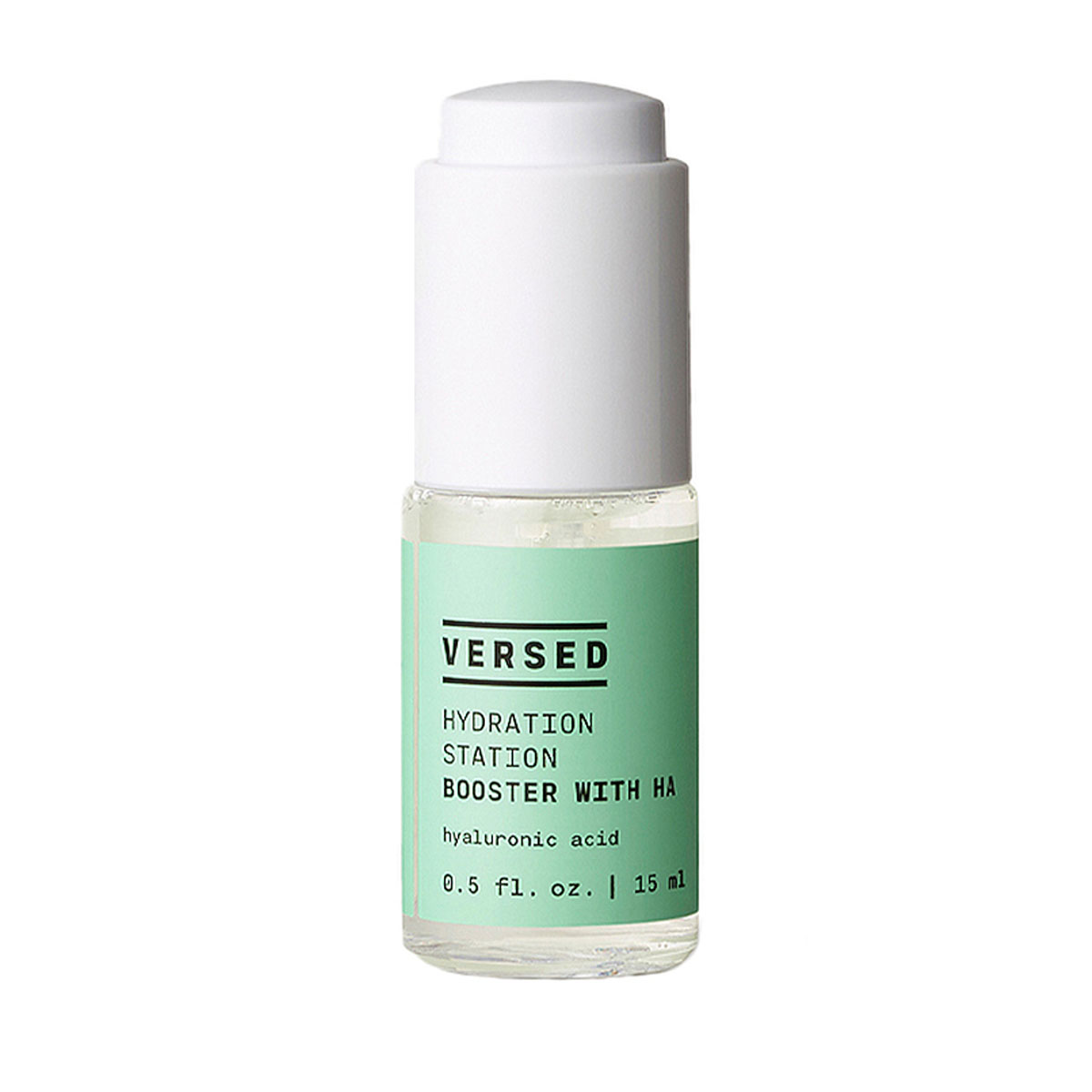
According to Benjamin, hyaluronic acid is a polysaccharide that occurs naturally in our bodies and can be found in all kinds of tissues, from joints to nerves to the skin. Therefore, it's not all too surprising it acts as an amazing source of hydration and lubrication agent to keep things moisturized and flexible.
"Hyaluronic acid can hold a lot of water—up to 1000 times its weight. Used topically, HA will help hydrate and plump skin in addition to working well for all skin types from oily to dry."
Interestingly, Benjamin shares that you'll likely never run across an HA serum containing more than 2% solution of hyaluronic acid.
"Once you get above 2%, hyaluronic acid can actually pull water out of your skin instead of drawing water into your skin," she warns. "While it’s unlikely that you’ll find a serum with more than a 2% solution, you might come across some claiming that they contain 90% or more hyaluronic acid, which isn't exactly true. HA comes in a solution that is made up of mostly water, so while the formula might be made mostly of a 2% hyaluronic acid solution, it’s not really 90% HA."
7. Antioxidants
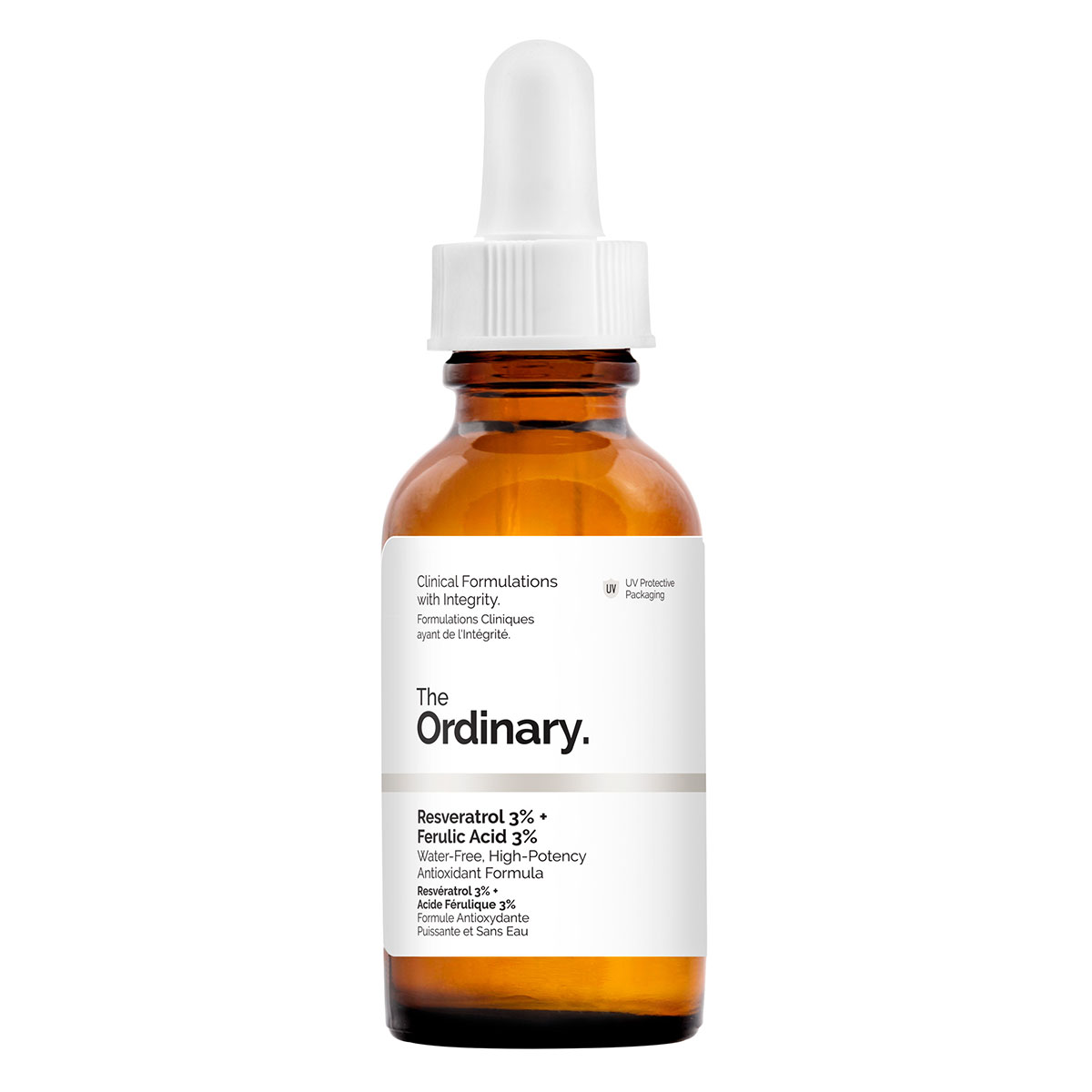
Antioxidants probably make up one of the buzziest (and confusing) family of actives within the skincare realm and for good reason—they basically act as your complexion's battleship. As Benjamin tells us, they're one of the most powerful ways to defend your skin against the aggravators and toxins we come face to face with on a daily basis. Think sun-stemming free radical damage, environmental pollutants, pollen, and more.
"Free radical damage causes hyperpigmentation and a breakdown in collagen and elastin, resulting in premature skin aging," Benjamin tells us. "By using an antioxidant in your skincare, you help preserve and repair your existing collagen and elastin."
Antioxidants come from tons of different sources, so look for skincare products that are loaded with superfoods and superfruits. "Whether you're getting your antioxidants from vitamin C, green tea extract, or resveratrol, they'll also provide anti-inflammatory benefits, boost cell repair, and even boosts your skin’s natural antioxidant defense," concludes Sobel.
Depending on the source of the antioxidant, dosing and percentage will vary, but most reliable formulas will likely tout percentages 5% and under unless they're pure vitamin C, which sometimes ranges higher. Plus, annoyingly, most antioxidant formulas don't post percentages since they're usually composed of multiple (sometimes even 20+) sources.
For instance, the below from Kypris features over 26 different active naturals. To get full-disclosure on formulas, you'll likely have to do your research and reach out to brands personally.
8. Peptides
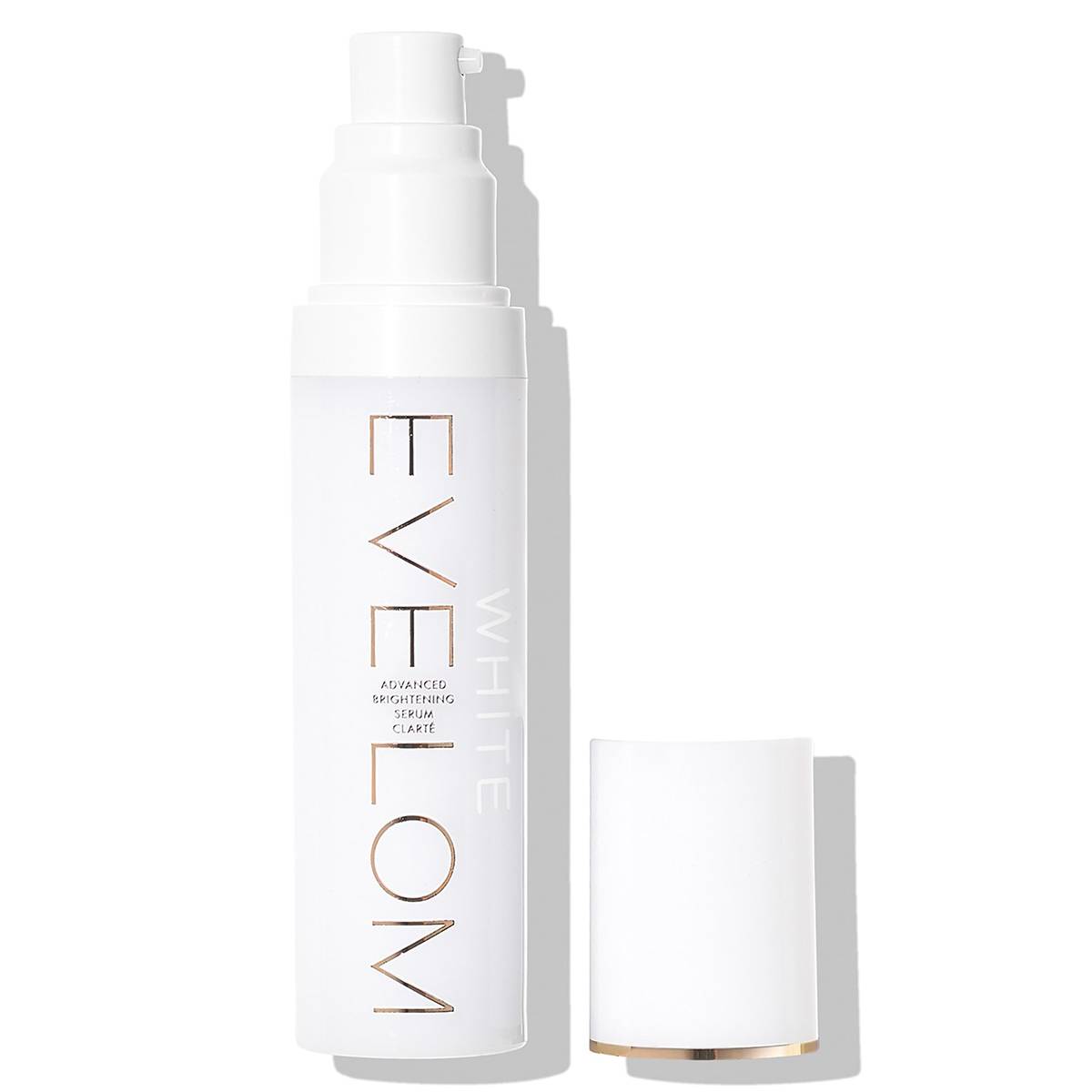
"Incorporating peptides into your routine can be one of the best anti-aging skincare treatments, as long as the peptides are delivered in the right format," says Benjamin.
Peptides need to be able to penetrate the skin barrier, so instead of using thick creams that are more difficult for your skin to absorb, she suggests sticking to a lightweight peptide-rich serum that can easily sink into your skin. Plus, peptides need to be combined with other active ingredients to help them absorb, so make sure to choose one containing other actives like antioxidants or hyaluronic acid.
9. Plant Stem Cells
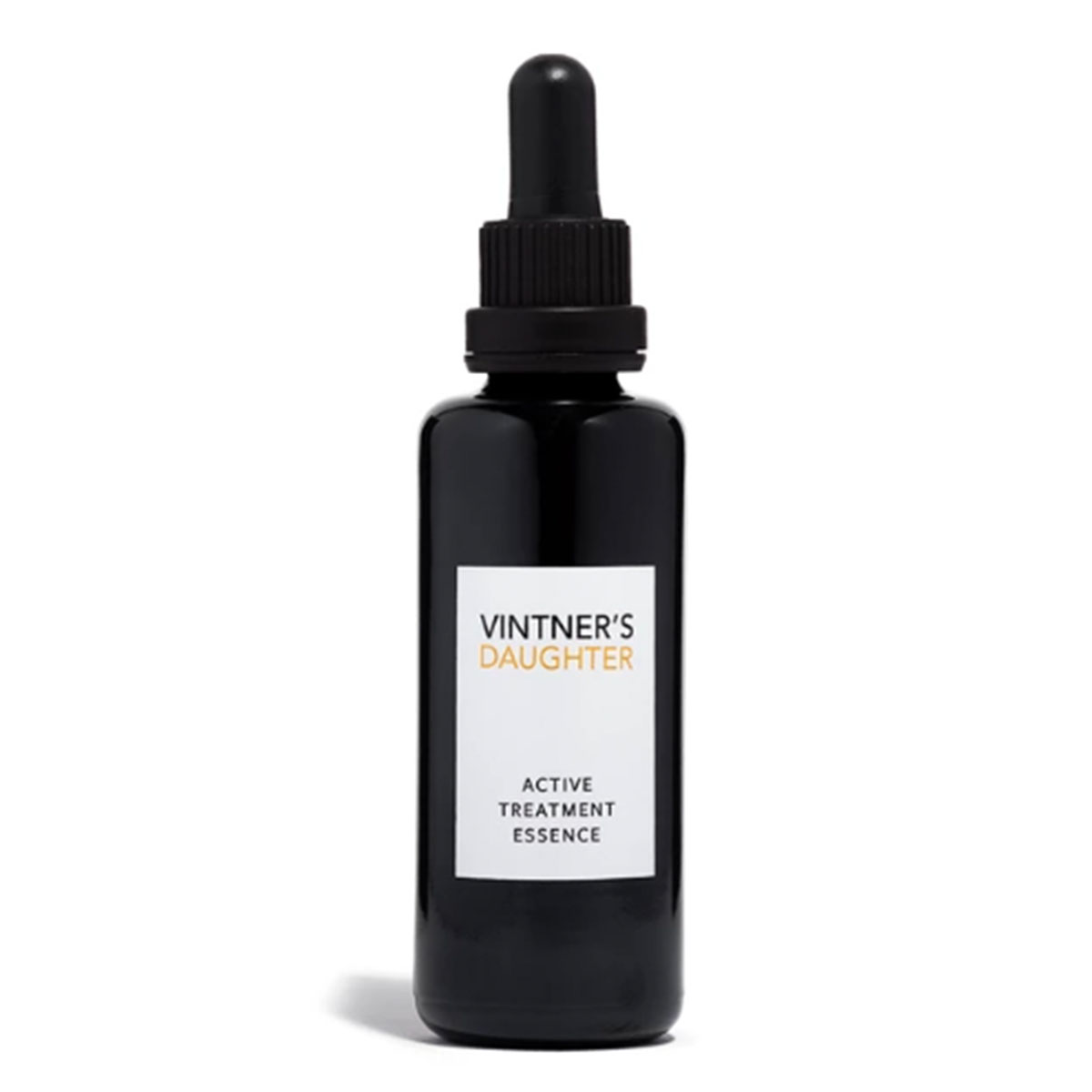
"When applied topically, plant stem cells can help speed up the skin’s natural regeneration process, leaving your complexion smoother, softer, tighter, and more radiant," Benjamin emphasizes. She explains that plant stem cells are approximately 1000 times more potent than simple botanical extracts are also steeped in antioxidants that neutralize free radicals. Plus, plant stem cells never age and just continue to regenerate as time passes.
Commonly used plant stem cells include edelweiss, raspberry, rose, and apple, and just like most antioxidant formulas, these types of actives aren't typically printed with percentages. So proceed with caution, do patch tests, and see how your skin reacts before going full-throttle.
10. Epidermal Growth Factors
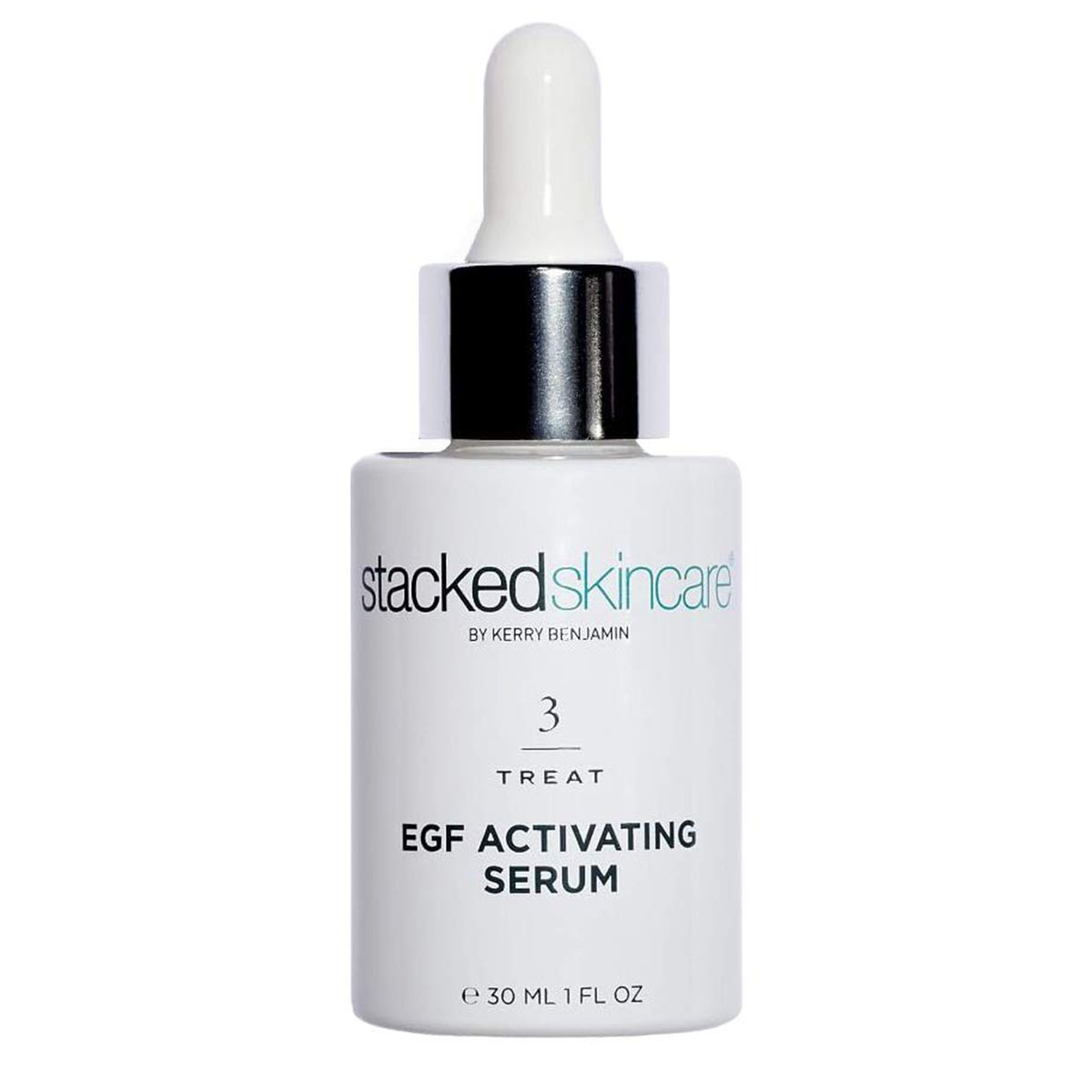
Last but not least, epidermal growth factors—aka naturally occurring proteins found in the fibroblast cells of our skin that regulate our cellular growth. Benjamin is a big fan of these types of actives as they assist in wound-healing and can enhance our cell's natural collagen production, which slows as we age. Plus, thanks to increased cell turnover, excited collagen production, and TLC healing powers, it's a great addition to your routine if you suffer from acne or other pigmentation issues.
Either Benjamin's formula above or the below from world-renowned dermatologist Dr. Ronald Moy are safe high-concentration serum options. (Again, best to opt for a serum as it will have an easier time penetrating the skin for maximum efficacy and benefit.)
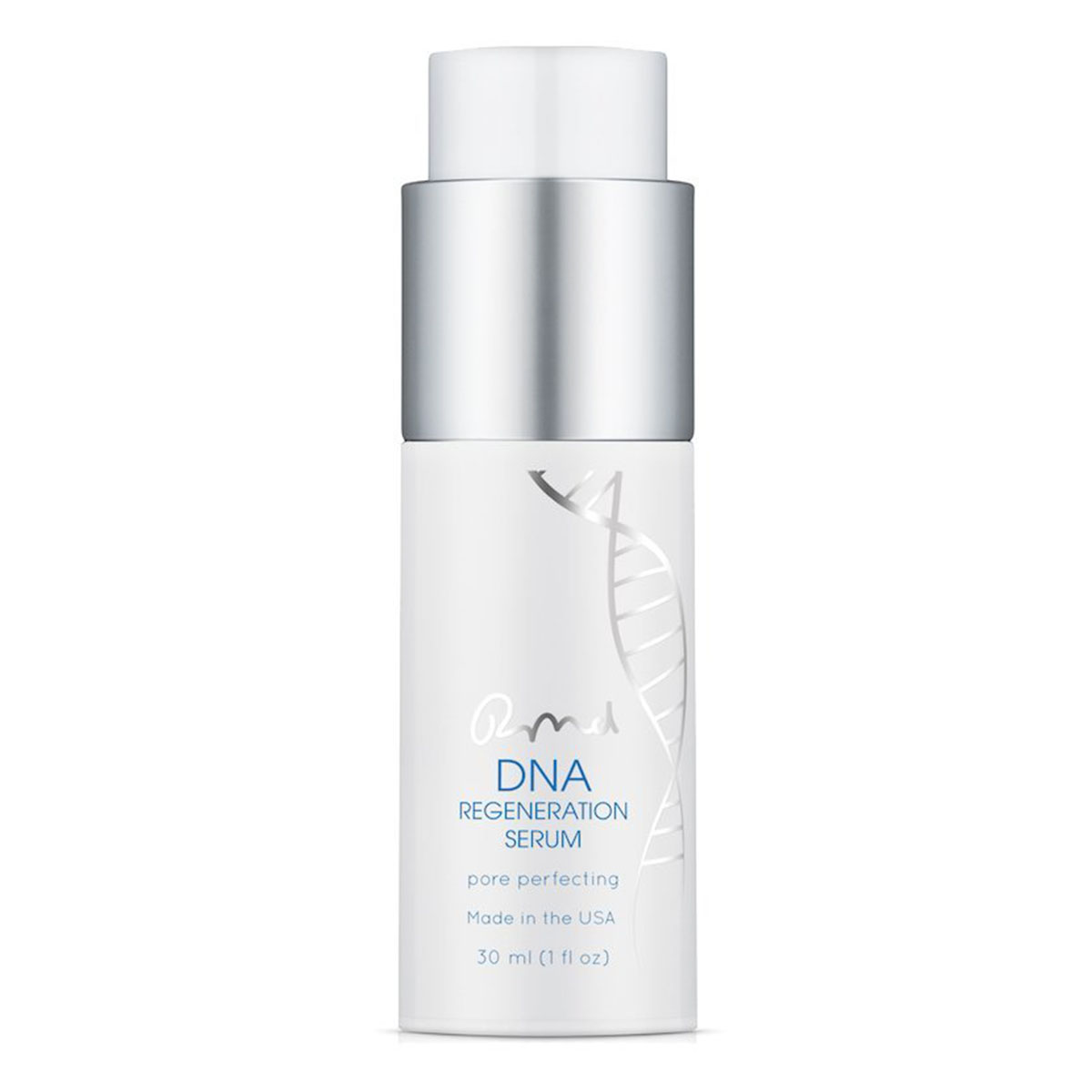
Up next: This Is How Top Dermatologists Would Treat Your Uneven Skin Texture
This article was published at an earlier date and has been updated.

Erin has been writing a mix of beauty and wellness content forBest Knockoff Luxury Clothing for over five years. Prior to that, she spent two and half years writing for Byrdie. She now calls Santa Monica home but grew up in Minnetonka, Minnesota, and studied writing, rhetoric, and communication at University of Wisconsin, La Crosse. She studied abroad in Galway, Ireland, and spent a summer in L.A. interning with the Byrdie andBest Knockoff Luxury Clothing family. After graduating from UW, she spent one year in San Francisco, where she worked as a writer for Pottery Barn Kids and PBteen before moving down to L.A. to begin her career as a beauty editor.
